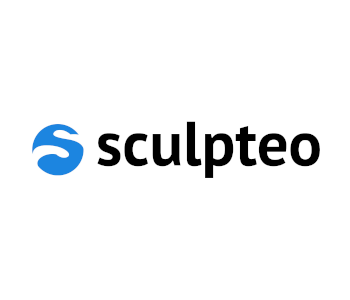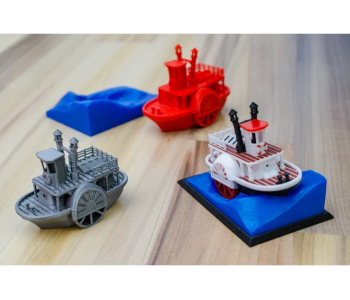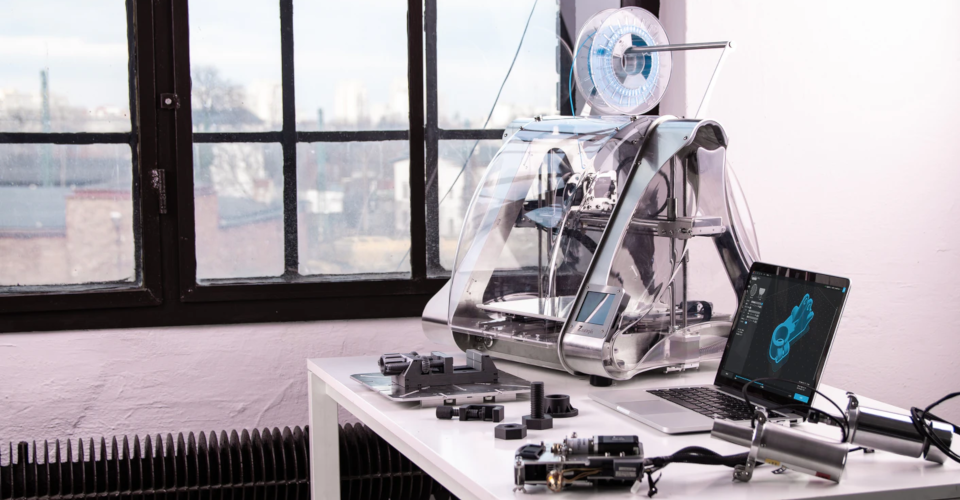How to Make Money With Your 3D Printer
3D printers have made it possible to cram years’ worth of manufacturing technologies at a desk in your workshop. More than being a fun hobby, 3D printing can be used to serve a lot of commercial and industrial demands. If you own a 3D printer, why not use it to serve these demands and earn a little extra cash on the side?
Depending on how much time you’re willing to spend, there are a couple of ways that you can make money with a 3D printer. Here are some of our recommendations:
1. Offer 3D printing as a service

Just about anyone can realize how valuable 3D printing can be as a manufacturing technique. 3D printing makes it possible to turn just about any 3D model to a real-world object. However, 3D printers are still considerably expensive and using them optimally requires a high level of technical skill. For these reasons, there still aren’t many people that own 3D printers nowadays.
You can take advantage of this gap by providing 3D printing services to people who do not have a 3D printer at home. Big websites such as Sculpteo have been offering this service for a few years now. All clients need to do is to upload a 3D model on their website, make a few edits via their online platform, and submit the model for printing.
Since you probably can’t offer services at the same scale as Sculpteo, it would be best to partner with groups that allow for clustering of the efforts and capacities of various small-scale 3D printing services. This is the model behind websites like i.materialise, Shapeways, and 3D Hubs. These websites allow you to sign up to be their “partner” for 3D printing. You will have to go through a vetting process where they will assess your manufacturing capabilities plus any other documentary requirements.
The advantage of signing up for these websites is that it allows you to put your services out there without having to spend massive amounts of money on advertising or promotion. These websites have a large footprint and attract a huge number of clients, both from big companies and personal users. The websites even provide a platform for you to showcase the products you’ve made, helping you attract more clients.
2. Make homemade crafts and toys

The biggest strength of 3D printing lies in its versatility. Using the same fundamental process and with minimal tool changes, a 3D printer can create everything from custom jewelry to detailed figurines. With a lot of creativity and a dash of marketing skills, you can use a 3D printer to sell a wide range of custom-made crafts.
This strategy requires anticipating which products will sell. Fortunately, you don’t need to keep yourself limited to just providing 3D printed products in a particular market segment. Homemade 3D printed products can run the whole gamut from interior design pieces, custom jewelry, garden accessories, outdoor signages, tools, toys, and pop culture-inspired figurines.
A great way to enhance this type of service and to stand out from every other person who wells 3D printed products is to come up with the models yourself. Of course, 3D modeling is an entirely different skillset to 3D printing and may require a few hundred hours of learning before you can be considered an expert. The effort is well worth it, though, and you may even be able to use your 3D modeling skills for other profitable activities.
Learning how to do 3D modeling can also allow you to charge premium rates for your products. If your customers request a few tweaks to your existing products, you can easily implement those changes in your next print run. With custom 3D modeling combined with 3D printing services, you can come up with products that are uniquely yours.
If 3D modeling isn’t up your alley, then you can also download 3D models for printing from sites like Thingiverse. Just make sure that you use models that come with Creative Commons licenses allowing for commercial use. Copyright issues can be a huge headache for any business.
3. Offer rapid prototyping services to companies

The field of product development has been greatly enhanced by the advent of 3D printing technology. In the past, prototypes of new products or scale models had to be painstakingly made by hand. This process can take several weeks to finish, even with a team of experienced professionals doing it.
3D printing puts the “rapid” in “rapid prototyping.” From a 3D model, a prototype can be created in just a few hours of printing. A model can be reproduced in any number if it is to be used for corporate presentations, exhibits, or viability testing. The repeatability of 3D printing means that all prototypes can be reproduced at fairly similar levels of quality, in terms of both appearance and structural integrity.
If changes need to be made, there’s no need to go back to the drawing board. Since the model is stored digitally, revisions can be implemented easily. The digital platform even allows for the collaboration of manufacturing teams across several worksites. This allows for the modeling to be done remotely or for 3D models to be shared between different geographical locations.
The biggest advantage of offering rapid prototyping as a service lies in the fact that it is often medium to large corporations that require it. This, of course, means premium rates.
Just a word of warning, though: providing the needs of these companies may require a scale of production that a single 3D printer may not be able to provide. Make sure that the terms are clear. You might even consider dividing the work and collaborating with other 3D printers in your area or in online communities.
4. Teach 3D printing

3D printing is quickly becoming an essential skill in the modern era at par with coding and data analytics. 3D printers have become staple equipment in educational institutions, particularly those who provide training in engineering, architecture, construction, and product development. If you are highly skilled in 3D printing and modeling, this can be another avenue for you to earn some money.
There are a couple of ways that you can teach 3D printing, depending on how much time you’re willing to commit. Some colleges and universities are looking for full-time instructors who specialize in 3D printing and modeling. This type of position provides a good level of job security, although it will effectively take up enough of your time to be considered your “day job.”
You can also offer short courses on 3D printing, whether in-person or online. In-person training sessions cost more, but the distribution of online courses is much more far-reaching and a lot easier. You can simply come up with instructional videos and sample exercises, publish them online in a training platform like Udemy, and charge on a per-user basis.
Although online training courses typically cost less than $20, a good course can easily attract several hundred to a few thousand people. Short, engaging, and low-cost courses are best for building a reputation as an effective trainer and for encouraging followers.
Final thoughts
3D printers are quickly becoming accessible and useful, with a vast number of people and corporations recognizing the possibilities of the technology. From universities to garage workshops, 3D printers are paving the way for creative ideas to come to life.
For those who want to take 3D printing beyond being a mere hobby to a profit-generating avenue, there are a couple of options that are open to you. 3D printing as a service has become sought-after by both individuals and corporations. 3D printed products will certainly find a market if you inject them with enough creativity and make them according to high quality standards. Lastly, 3D printing and modeling skills are starting to take a position of prominence in many educational institutions.


